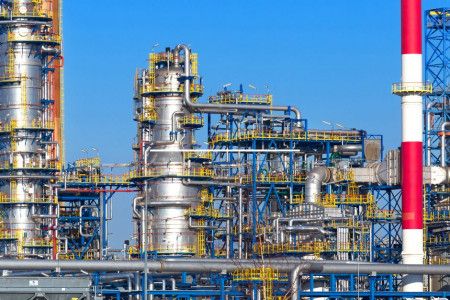At this year's Move.Link.Engage conference, many important topics were raised in the panel discussion "Winter is coming," and perhaps the most important to the public was the question of whether Serbia fulfills its obligations under the Energy Community Treaty to reduce air emissions from large combustion plants. As the time for discussion within the conference was limited and some answers were not defined, we give a brief summary of Serbia's obligations when it comes to air emissions from large combustion plants.
The so-called Large Combustion Plants Directive (LCPD) [1] aims to reduce the emission of powdered matter, sulfur and nitrogen oxides and ozone precursors into the air. These are pollutants that have significant negative effects on the environment and on various branches of the economy. They cause acidification of surface and groundwater and soil, endanger wildlife as well as cultural property and have a very negative impact on the health of the population. Health care costs associated with treating the effects of these pollutants are high in Serbia. The directive applies to large combustion plants - installations whose rated installed capacity is greater than or equal to 50 MW, regardless of the type of fuel they use. These include power plants, steel plants, oil refineries and other industrial plants.
Serbia, by signing the Treaty in 2005, has committed to align its emissions of certain pollutants into the air with the Large Combustion Plants Directive by December 31, 2017. And she had 12 years to fulfill it. In October 2013, at the 11th meeting of the Ministerial Council of the Energy Community, Serbia, together with other members, reaffirmed its commitment to achieving the goals of the Energy Community through the Decision of implementing Directive 2001/80 on the limitation of emissions of certain pollutants into the air from large combustion plants.
Did Serbia succeed in that?
There are several ways to apply the provisions of the LCP Directive. Serbia has opted for the National Emission Reduction Plan (NERP) as an instrument. The plan has been prepared but has not yet been formally adopted by the Serbian government, although it has been in force since January 1, 2018. Are the emission reduction targets achieved through the NERP set? In the absence of official reports on the implementation of the NERP, and based on publicly available air emissions data for 2018 [2], we can guess the answer to this question. We will see, for example, that SO2 emissions from air from plants covered by NERP are about 6.5 times higher than those predicted by NERP. Emissions from other pollutants are also higher.
And if we are interested in why this Directive is important for Serbia, what exactly is NERP and what LCPD, what are the mechanisms through which we can achieve the goals of the Directive, you can read more HERE, in a brief overview of most important decisions of the 11th Council of Ministers of the Energy Community.
So what about this information? We might ask why the Republic of Serbia continues to expose its citizens to high levels of air pollutants. And then, we can also ask the Energy Community what they will do about it.
Photo source: canva.com
[1] Directive 2001/80/EC of the European Parliament and of the Council
[2] 2018 Environment Report „Elektroprivreda Srbije“

